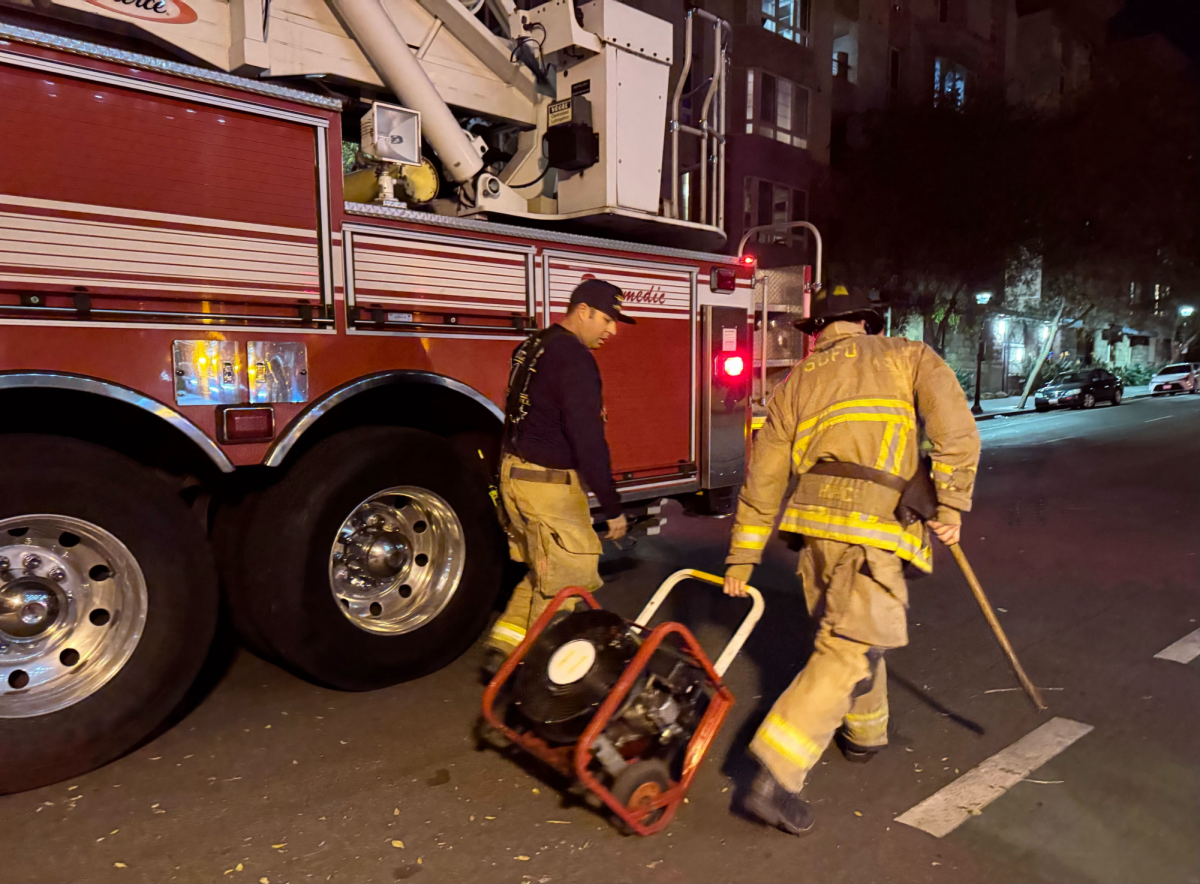Nailah Edmondson
City Times
“This is a moving target and we are keeping our eye on it,” said Terry Davis, vice chancellor of Business Services.
An informative budget development forum took place March 25, when Davis and Chancellor Constance M. Carroll discussed how the San Diego Community College District (SDCCD) plans to stay afloat through the massive budget cuts.
“This is the worst time to not invest in community colleges,” said Carroll.
Proposition 98 is a major component in funding for K-12 and community colleges because it provides 40 percent of educations revenue. The funds for the proposition come from state General Fund and local property taxes, and it was envisioned to create a growing, secure fund for education.
In order for Proposition 98 to achieve its sole purpose, the economy must prosper.
“We knew last year the 2008-2009 school year was going to be difficult, that’s why we began planning early,” Davis said.
City College students will be affected in the 2008-2009 school year. City College plans to cut 250 course sections between the fall, intersession and spring semesters. The 2008 summer program will run the same as previously, except for the absence of one course section, according to President Terrence Burgess.
Another measure that will be taken includes plans to increase the average of students per class. This was subject to change when the 2003-2004 year, averaging 34 students per class, was compared to 2006-2007 when each class averaged only 28.
With a larger average of 34 students per class, the year ended with a $2.6 million surplus. On the other hand, the average of 28 students per class ended the year with a $6.4 million deficit.
How will this budget affect transfer students at the community college level?
Each California State University campus plans to reduce their enrollment by 10,000 students for the upcoming 2008-2009 school year, according to Carroll. As many know, SDSU will not be accepting students for the spring semester and all other CSUs plan to take the same action.
The acceptance of fall 2008 transfer students was also reduced. SDSU accepted 3,900 transfer students in fall of 2007, while this fall only 2,800 transfer students were accepted.
The community college district does not plan to lay off classified faculty and administrators. City College will put a hold on 65 percent of job openings and 60 percent of the funding for those vacancies will be put aside for the future of the campus, according to Davis.
“Cutting costs alone will ruin the state, both cutting and increasing revenue is key,” Carroll said.
The deficit continues to grow $1.5 billion every month, according to the legislative analyst’s office, which is the resulting factor of the governors 10 percent cuts across the board. An additional $2.9 million snuck up on the SDCCD when there was a property tax shortfall this year in the Orange County area.
If it were up to the legislative analyst office, student fees would be increased to $26, with no mid-year cuts or 10 percent cuts across the board. On the other hand, the governor’s view is completely opposite on the same issues.
The college district is currently planning for the future as well. Once face-lifts are finished, the district will more than double square footage, meaning more staff, grounds keepers and custodians. This will increase the need to maintain the funds of at least $13.1 million per year.
The college district isn’t the only local school system struggling right now. The San Diego Unified School District alone is in an $80 million deficit, forcing a lay off of 1,600 employees in 2008. Programs such as art, music and athletics will also feel the effects of the budget crunch.
“What’s happening in K-12 is criminal,” Carroll said.







